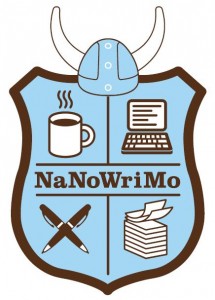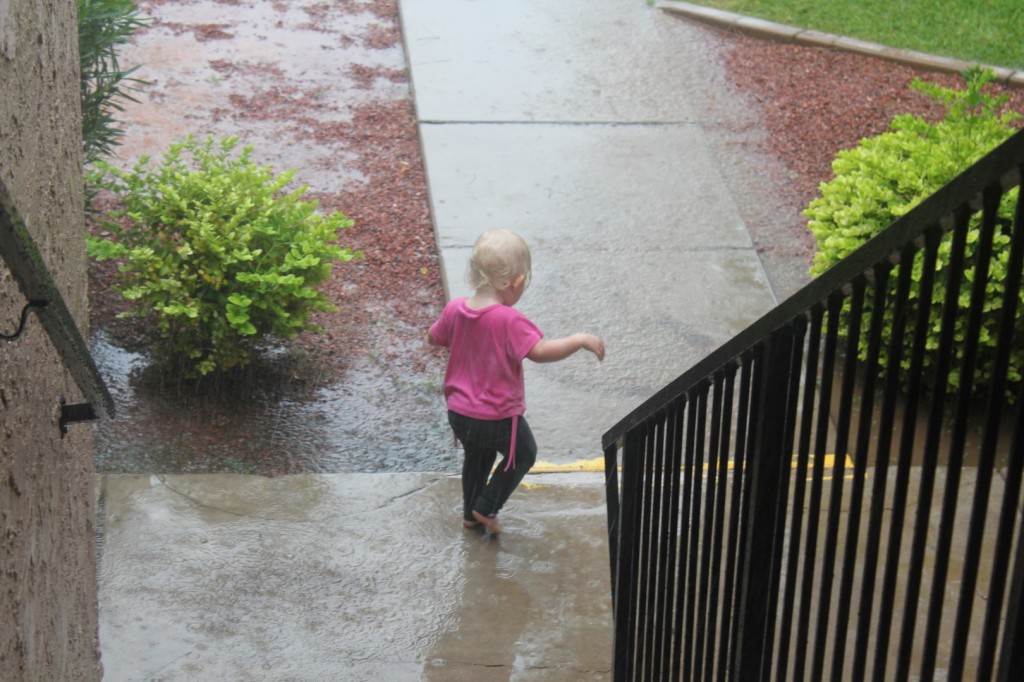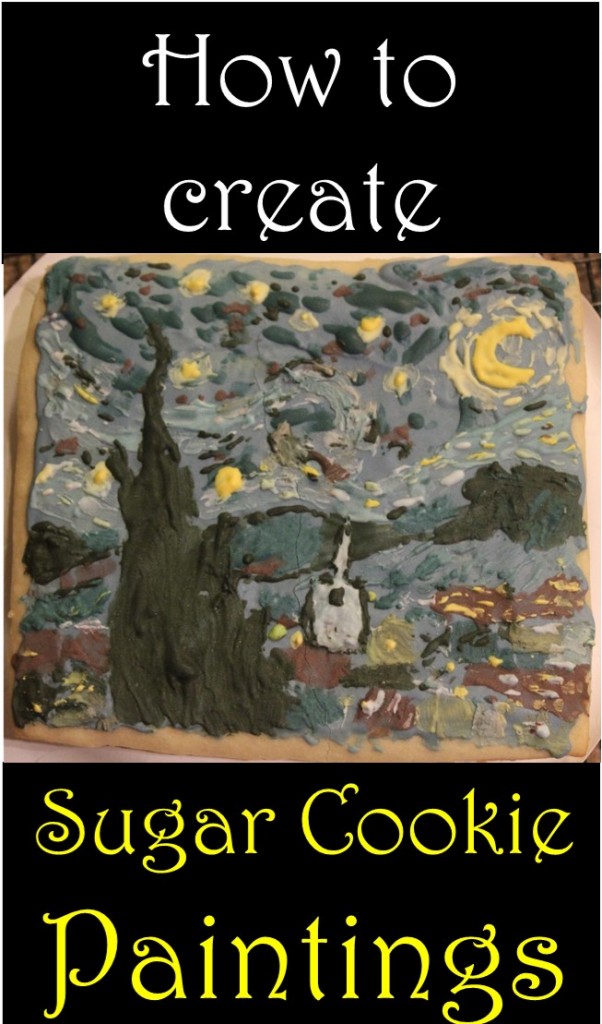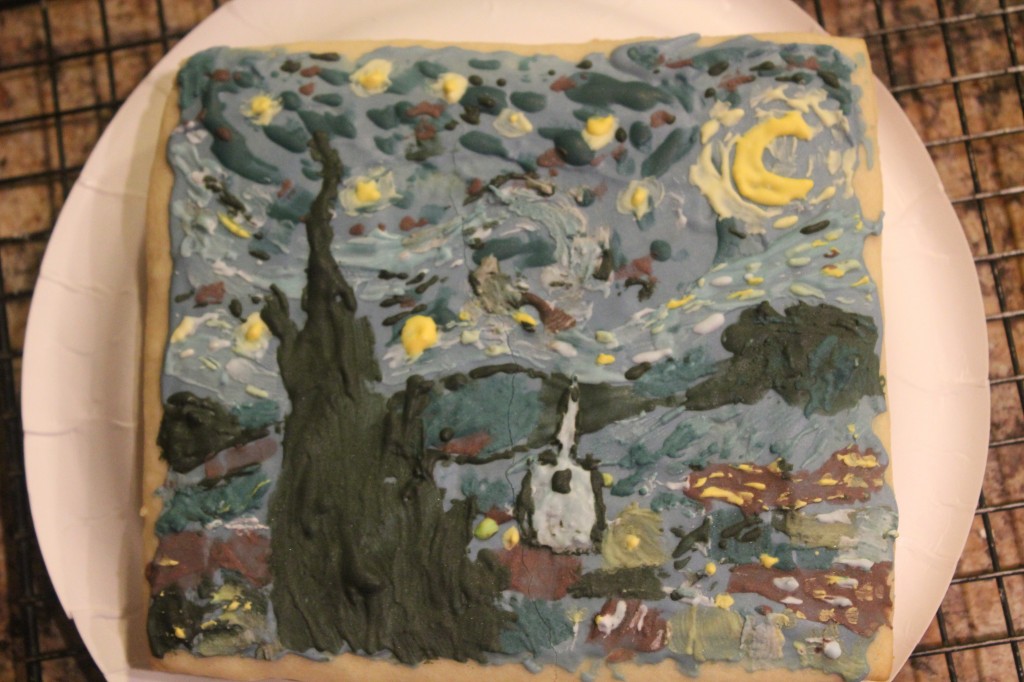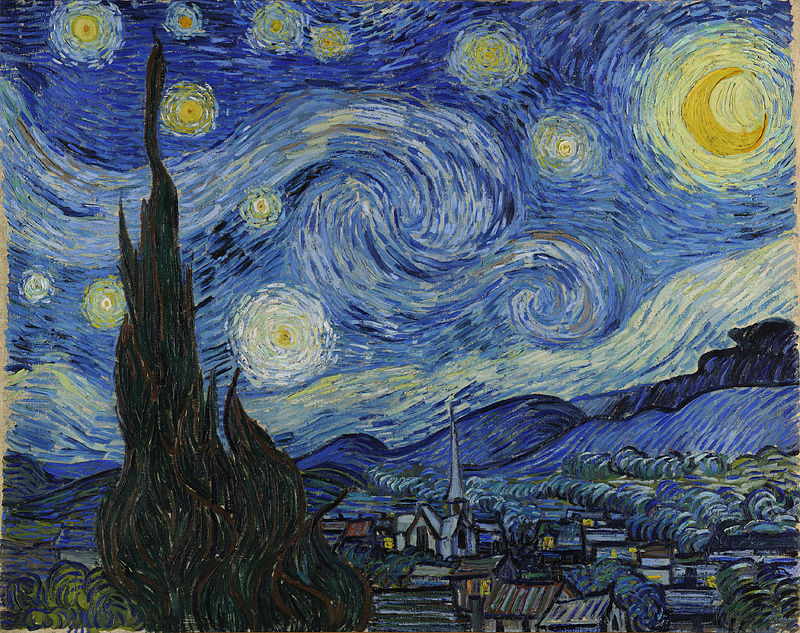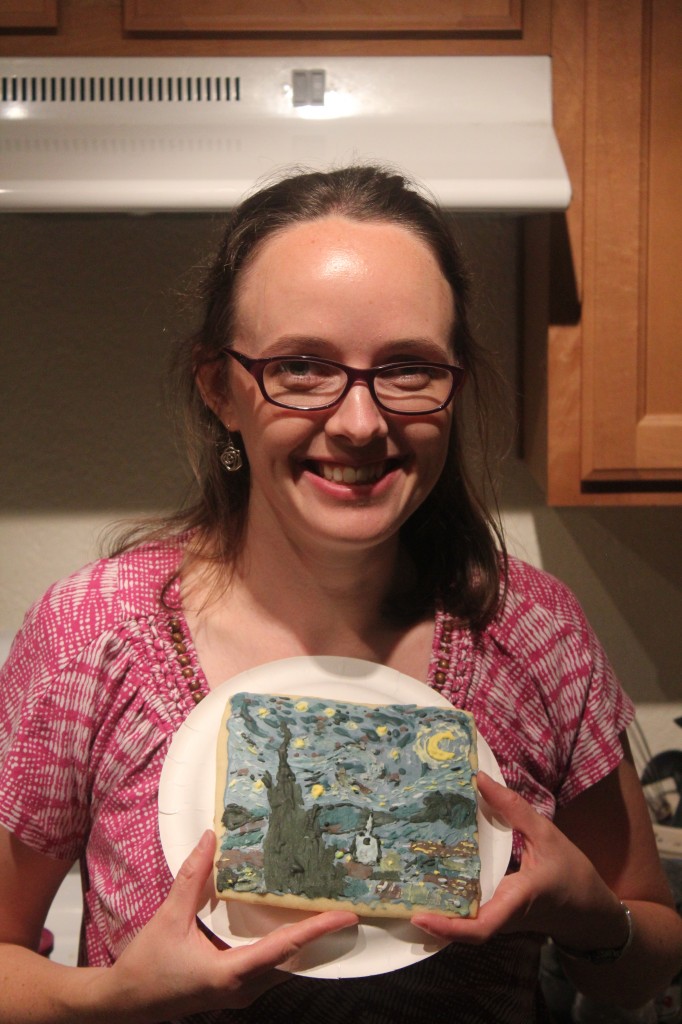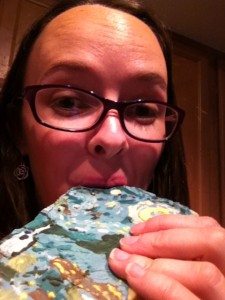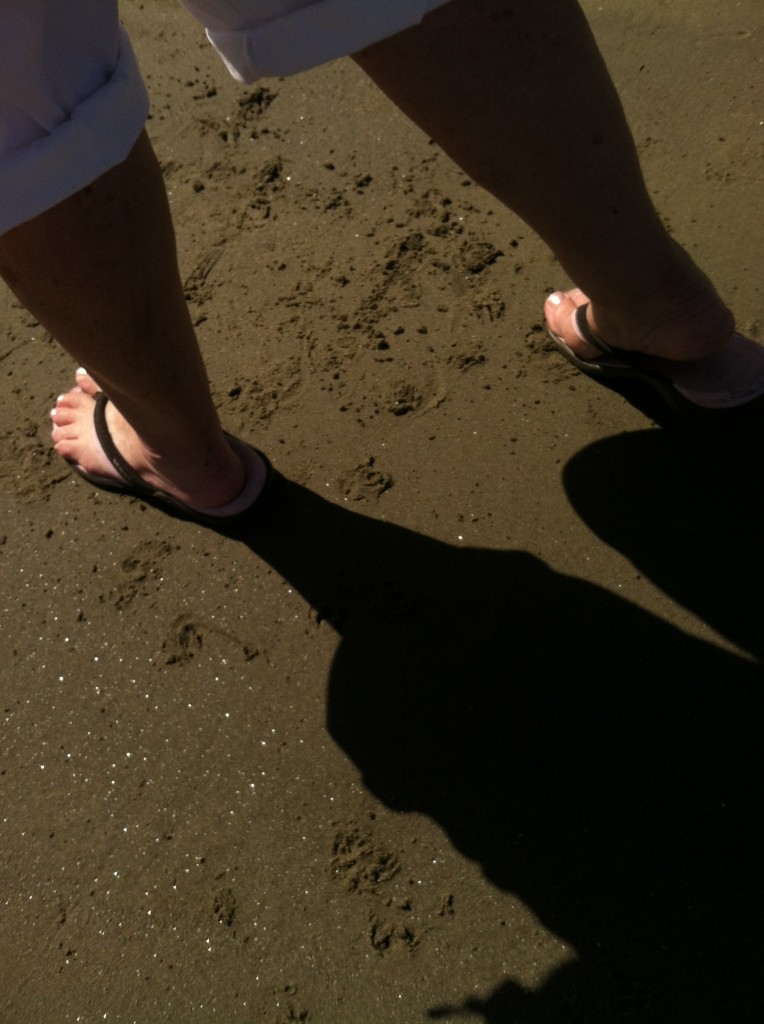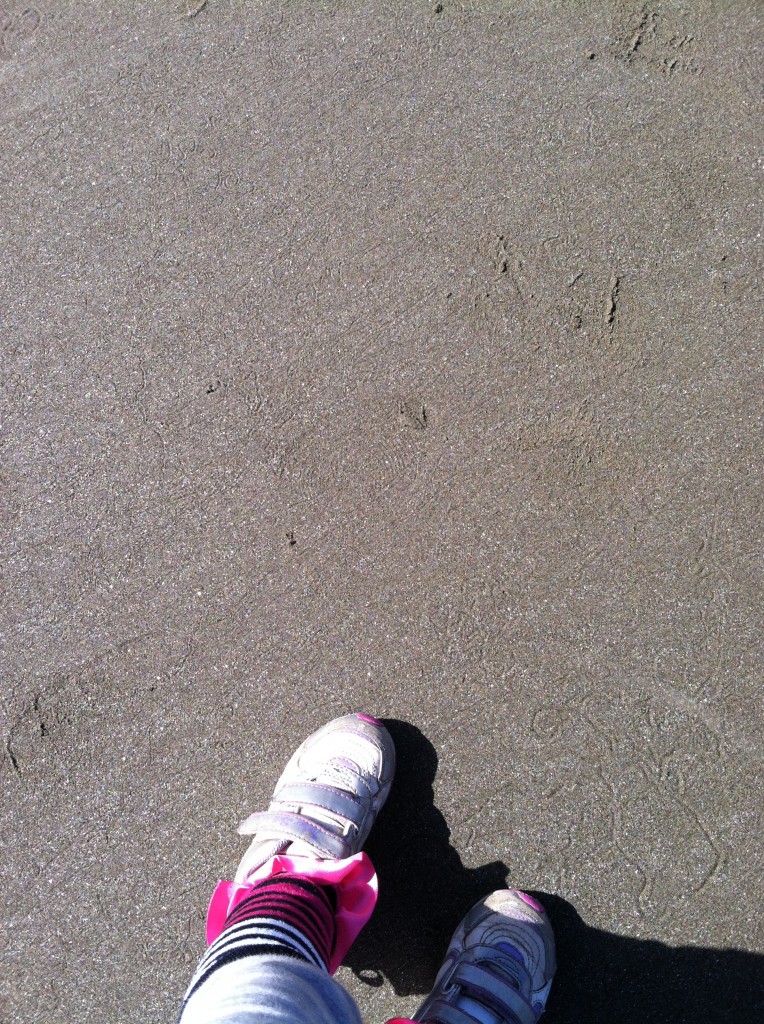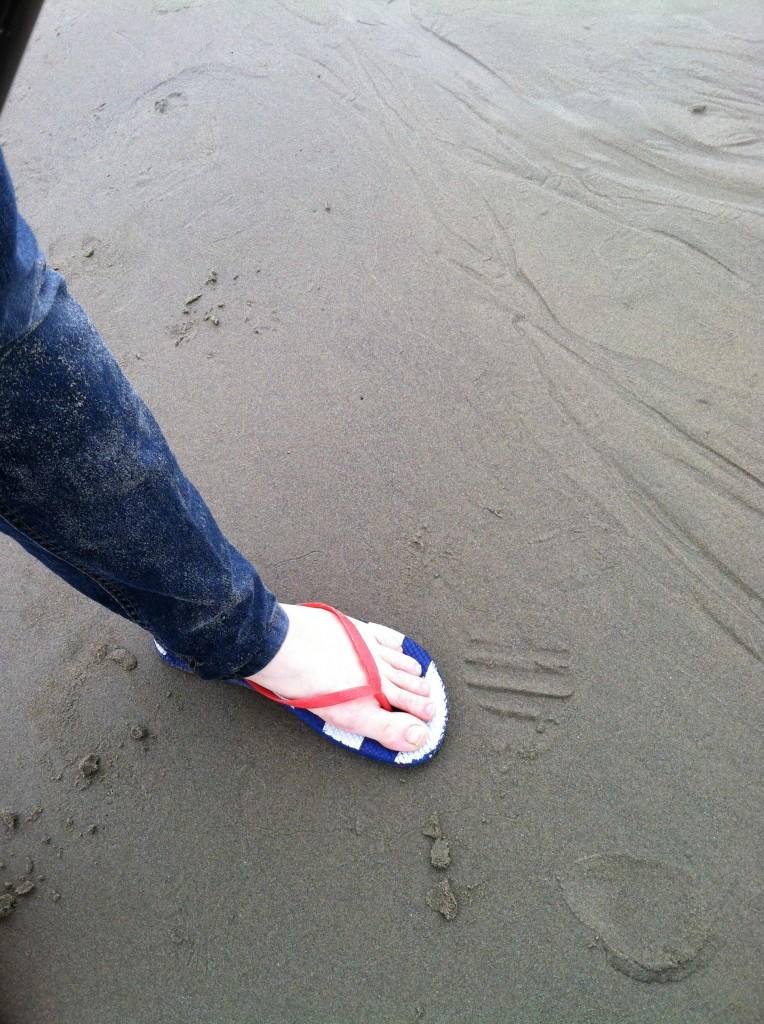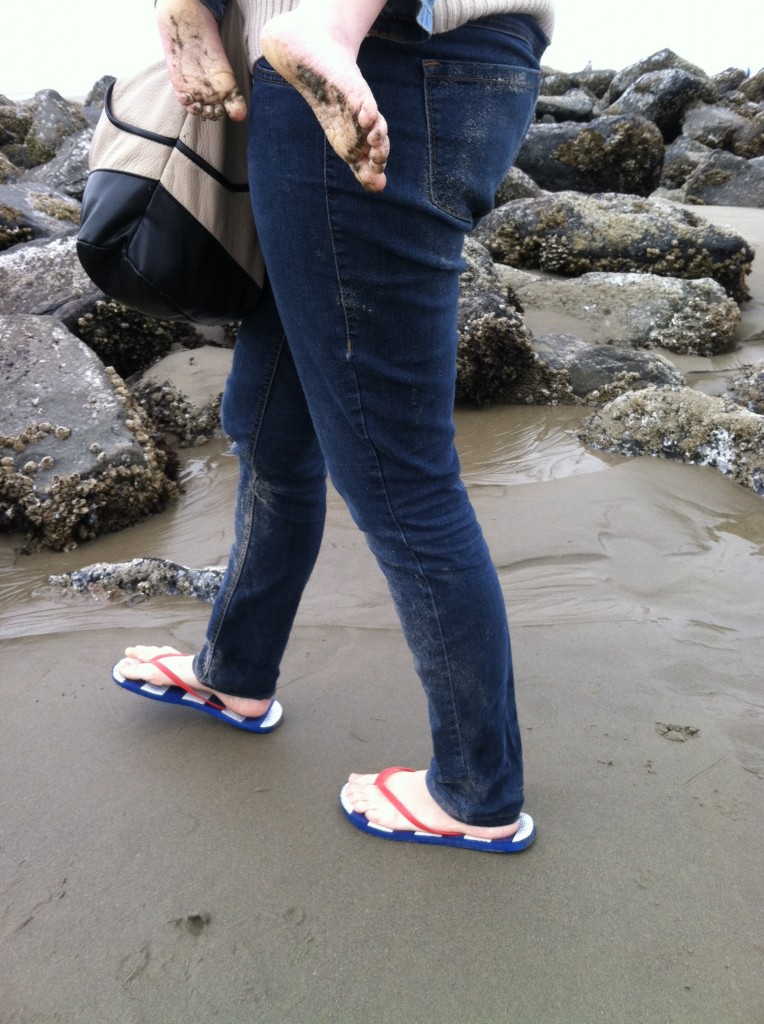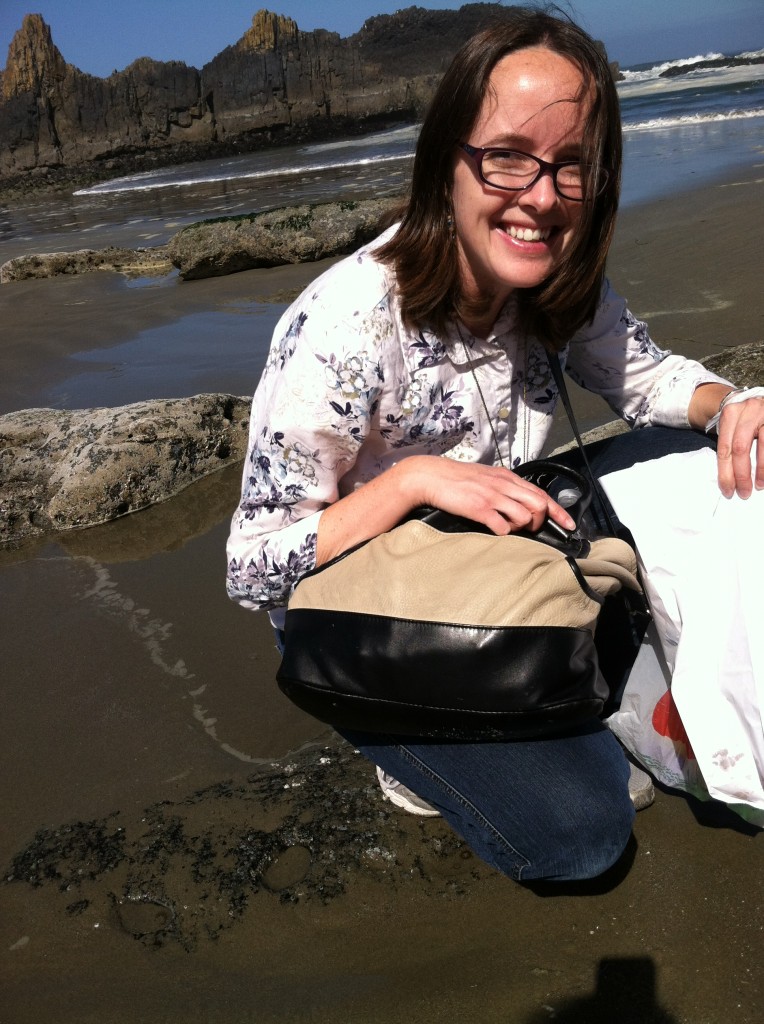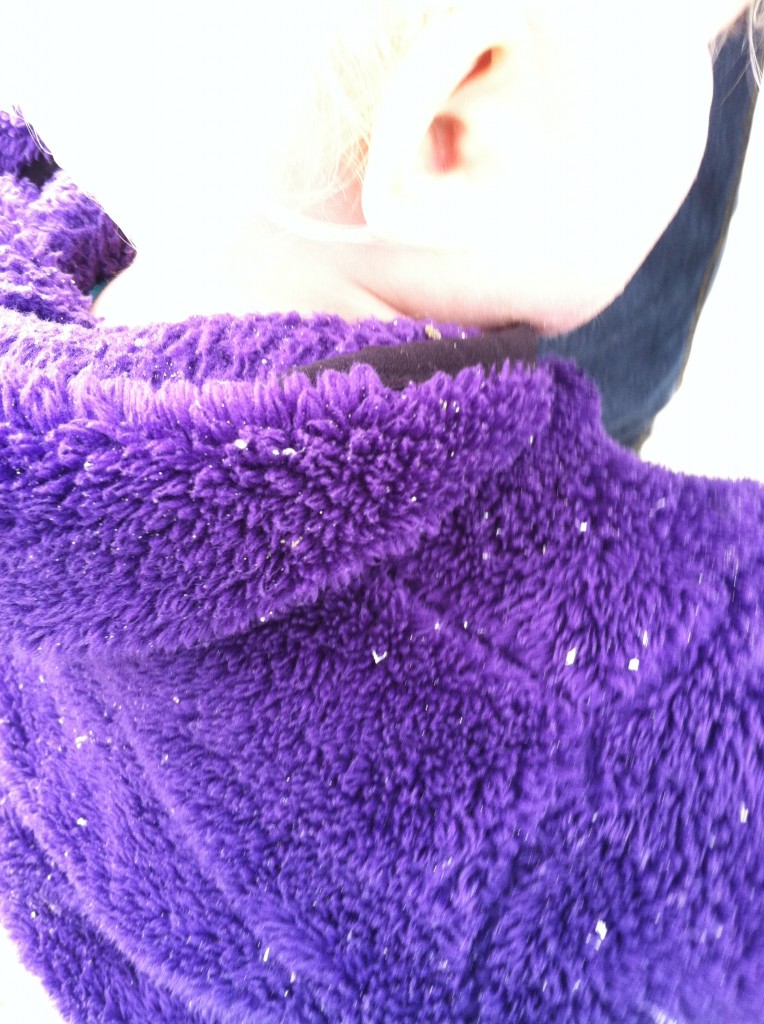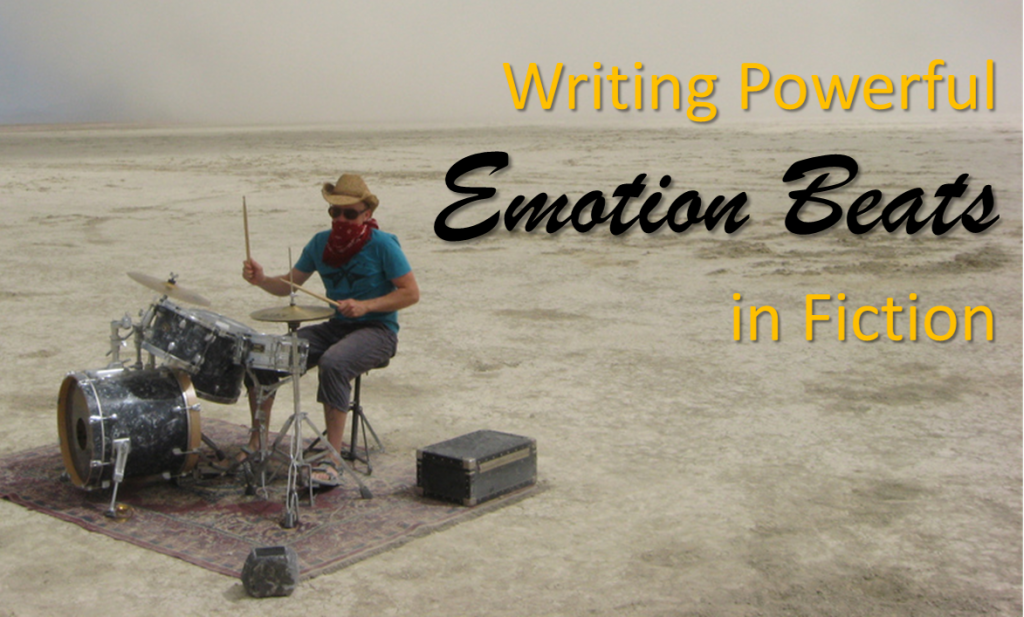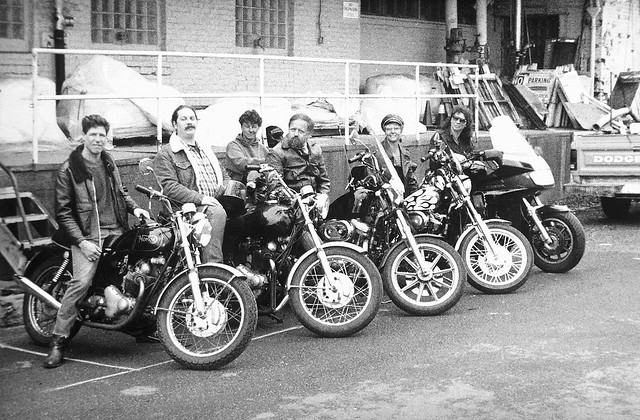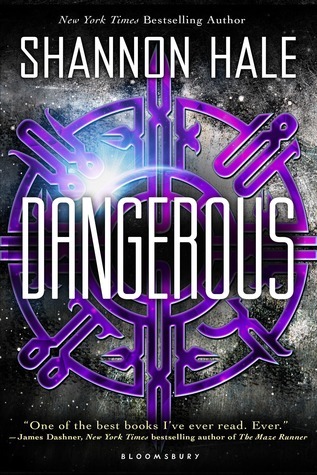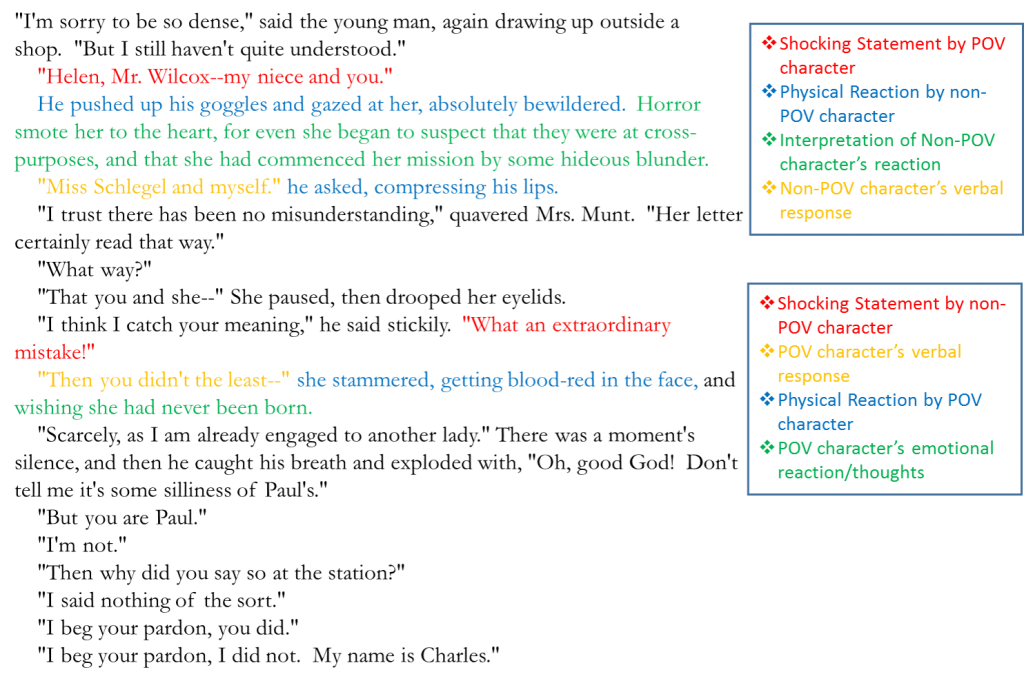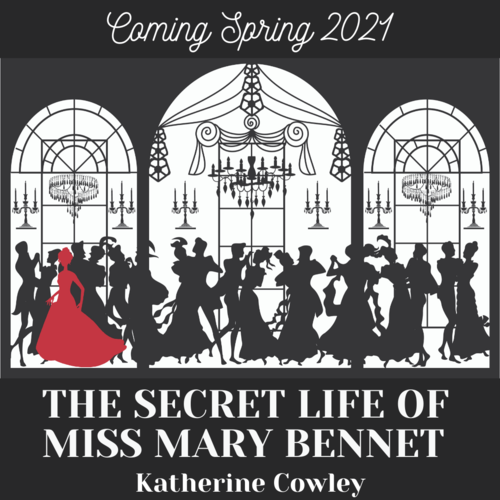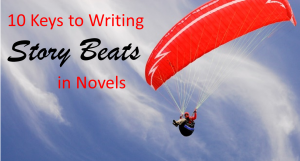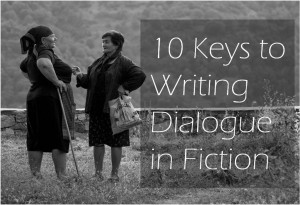10 Reasons I’m Not Doing NaNoWriMo
I spend a lot of time online and in person with writers, and so come October it seems like everyone is talking about one thing: NaNoWriMo. That’s National Novel Writing Month, where writers sign up in mass to write an entire novel, of at least 50,000 words, during the month of November. When I say writers sign up in mass I’m being serious: in 2013 718,982 people signed up for it.
I’ve participated in NaNoWriMo myself, back in 2010. I successfully wrote an entire 50,000 word novel during November. Which was amazing for me, because I’d written so many novel beginnings (maybe 6 or 7) but never finished any of them. I didn’t actually have the least idea of how to write a novel until I wrote one from start to finish during NaNoWriMo.
But I’m going to resist the temptation to join the throng. Despite wanting to be one of the cool kids, the remembrance of the thrill of writing at such rapid rates, and the cool NaNoWriMo sticker charts and paraphernalia, I am NOT participating in NaNoWriMo this year.
These are the 10 reasons why I’m not doing NaNoWriMo:
1. I’ve done NaNoWriMo before. I’ve proved that I can write a 50,000 word novel in a month. Done and done.
2. I’m not at the right point in any of my projects. I’m slogging through a 3rd draft of a novel that has somehow edged up to 110,000 words, and I need to focus on this beast. In February I wrote a first draft of another novel that needs to be revised. And I have a 15,000 word novella that needs to be transformed into a novel. And a number of short stories in various stages of completion. I don’t have room for a new first draft in my life right now.
3. There is a new novel idea I have, one that’s been bouncing around in my head for about a year. But this idea requires heavy research. Making up 50,000 words of crap about the Regency period is a really bad idea for me, given how little I know about the Regency period. I would hate myself during the second draft and have to throw 30,000 (or more) words out.
4. NaNoWriMo is a great way to develop writing habits. But I already have a writing schedule, and I write for at least an hour every day. I’ve already got my motivation.
5. NaNoWriMo is a great way to develop writing community, and a group of people that move you forward. I already have several writing communities, and while I would love more and would love to go to some NaNoWriMo write-ins (some which are being held half a mile from my house), I’ll have to pass on it.
6. My NaNoWriMo novel was so terrible that after November 30th, 2010 (the date I finished it) I have never opened the file again. To reiterate, four years later, I still haven’t looked at my first novel again. It was completely worth writing, because it taught me endless things about writing and made me feel like a writer and showed me I could do it. All of which were worth doing NaNoWriMo for. But the novel is crap. If I were to revise it, I would open an entirely new file and start over. Realistically speaking, I’m actually more likely to borrow the novel’s title and a couple of scenes and turn it into a short story. (I know this isn’t the case for all NaNos–many revise their novels. But I can’t do it.)
7. After doing NaNoWriMo 2010 I decided that I had written a novel and wasn’t interested in writing one again. I was so burnt out that I spent 2011 doing a daily video blog. It took until the beginning of 2012 for me to write fiction again. (As a side note, doing the video blog was actually great for my writing once I came back to it.) I don’t think that I’d get as burnt out if I did NaNoWriMo again, but I really don’t want to risk losing a full year of writing.
8. Once I started writing again in 2012, I learned that I am an outliner. I do lots of “discovery writing” while I’m brainstorming, and I don’t always stick to my outlines (my best scenes are where I depart from my outlines while writing), but I’m an outliner. For the current novel I’m revising I have two sheets of butcher paper as tall as I am filled with charts that outline what every single character in my novel is doing during every single chapter. (I’ve spent so long trying to resist the label of “outliner,” but really, I’ve got it bad. My first draft outlines aren’t nearly that detailed though, lest you be worried for my sanity.) My style of outlining is not the best match for me doing NaNoWriMo, though some outliners pull it off.
9. If I’m writing first draft material, in a normal month I can write about 30,000 words. That’s not 50,000, but I’m satisfied with that speed. During first drafts I often write 1667 words in a day, and I can sometimes do it in just an hour. 1667 is the NaNoWriMo daily word count. Then why don’t I write 50,000 words in a month? I need recharge days. I take a break by working on a short story for a day or two, I outline, blog, and sometimes give myself a full day off. And still end up with 30,000 by the end of a month.
10. I like writing first drafts that are 30,000 words long, not 50,000 words. I drafted a complete novel in February. It has a beginning, middle, and end. It has a few beautifully crafted scenes that will survive relatively unchanged through the entire revision process. It has every chapter it will need, though some of those chapters are an outline that will need to be turned into 20 pages. Why didn’t I force that first draft into 50,000 words? Because I could tell that those other 20,000 words would be complete B.S., and I would cut them during draft 2. I know enough about my writing and I’ve written enough novels now to understand my writing process. My second draft will take that novel up to 50 or 60,000 words, but it won’t just be an addition of 20 or 30,000 words–it will be a true revision, a re-seeing. I’m currently working on revamping the magic system and tweaking the world and the culture. It will transform, and the parts I skipped are in my head, slowly transforming until I’m ready to put them down on the page.
Participating in NaNoWriMo was the best thing I could’ve done for my writing in 2010. If you haven’t done it then I highly recommend it, especially if you’ve never written a full novel before. But I’m definitely not doing NaNoWriMo 2014, and I don’t know that I’ll ever do it again.
If you’re doing NaNoWriMo (especially a second or third time), why are you doing it? And if you’re not doing NaNoWriMo, why not?

